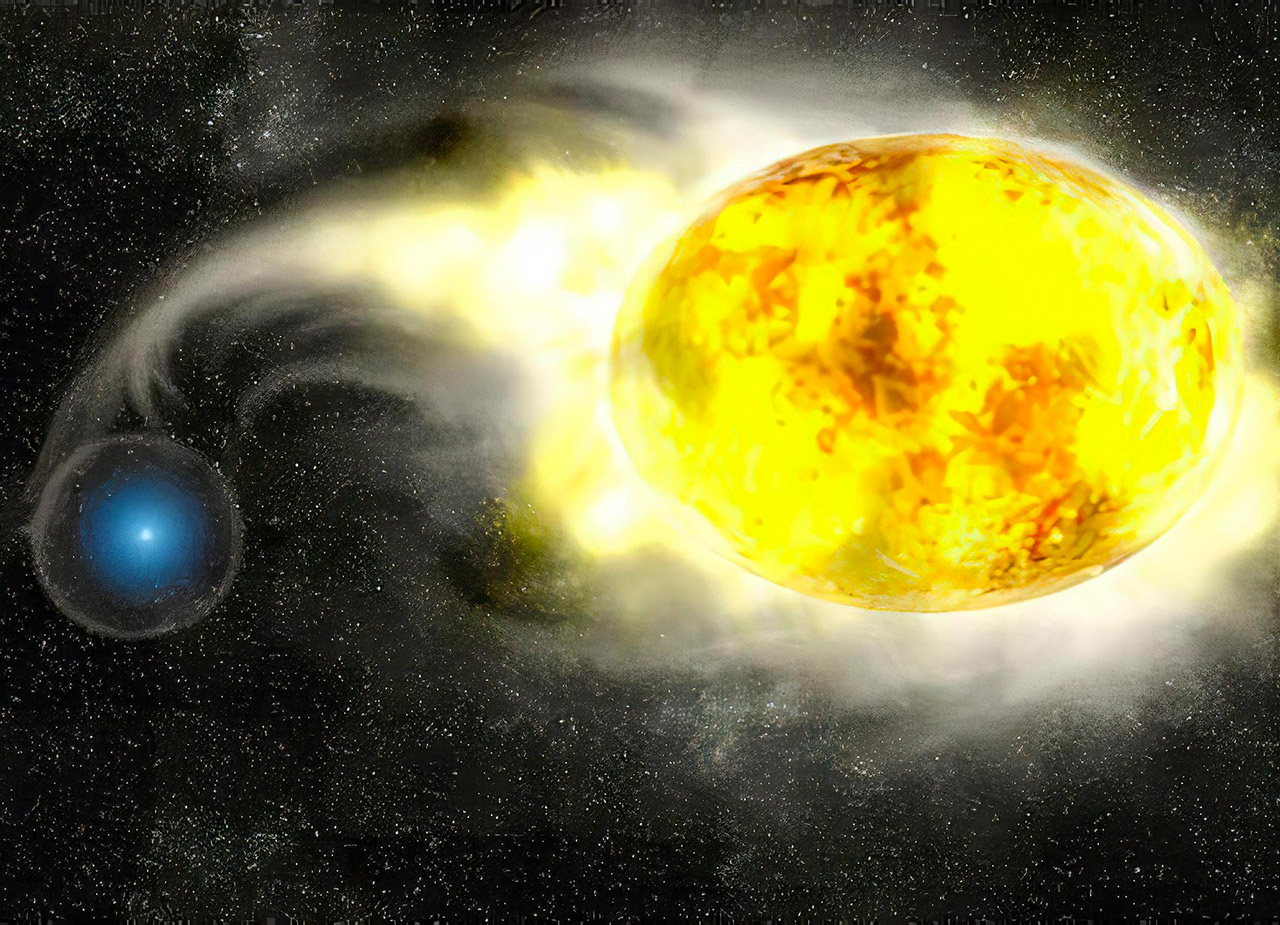
Photo credit: Kavli IPMU/Aya Tsuboi
Researchers, led by Northwestern University, used NASA’s Hubble Space Telescope to examine a large star 2.5-years before it exploded into a supernova. At the end of their lives, cool, yellow stars are normally shrouded in hydrogen, thus concealing its hot, blue interior. However, this one, located 35 million light years from Earth in the Virgo galaxy cluster, was missing the crucial hydrogen layer at the time of its explosion.
This never before witnessed scenario had a star exploding without hydrogen, which should typically mean its extremely blue, or really hot. In this case, it was almost impossible for a star to be this cool without having hydrogen in its outer layer, and this was after the team examined every single stellar model that could explain a star like this. Each model required that the star have hydrogen, and this example stretches what’s physically possible.
- SUPERIOR OPTICS: The Celestron 70mm Travel Scope features high-quality, fully-coated glass optics, a potent 70mm objective lens, a lightweight frame,...
- POWERFUL EYEPIECES FOR UP-CLOSE VIEWING: Our telescope for astronomy beginners is equipped with two high-quality eyepieces (20mm and 10mm) that...
- LARGE 70MM OBJECTIVE LENS: Our refractor telescope is equipped with a large 70mm aperture objective lens that provides enhanced, brighter views...
Astronomers have suspected that stars undergo violent eruptions or death throes in the years before we see supernovae. This star’s discovery provides some of the most direct evidence ever found that stars experience catastrophic eruptions, which cause them to lose mass before an explosion. If the star was having these eruptions, then it likely expelled its hydrogen several decades before it exploded. Unlike it’s normal behavior right after it exploded, the hydrogen interaction revealed it’s kind of this oddball supernova. But it’s exceptional that we were able to find its progenitor star in Hubble data. In four or five years, I think we will be able to learn more about what happened.” said Northwestern’s Charles Kilpatrick, who led the study.



